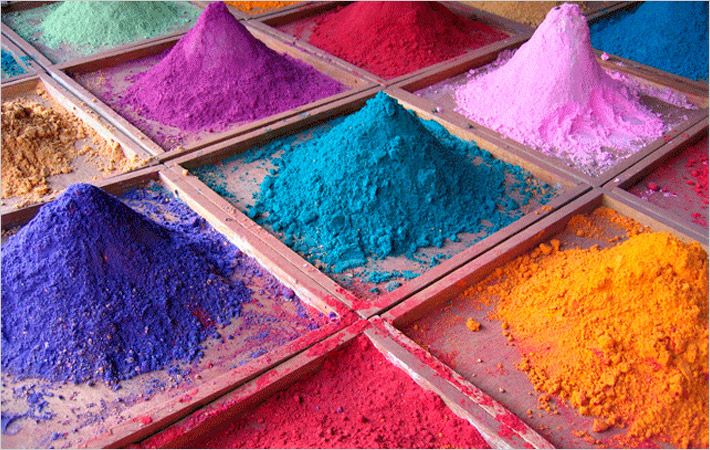Hello everyone, we are back with our posts on the environmental pollution that fast fashion has. Previous blog posts have established that the fast fashion industry has significantly polluted the water bodies through the textile waste from the manufacturing process of the clothing and we also looked at the effects of such pollutants. To give a better understanding of how bad the water pollution is, today’s post will focus on a case study of carcinogenic azo dyes in Brazil which will further elaborate on the cause and effect mentioned previously.

Apart from the example mentioned in the previous post of Bangladesh having severe water pollution, Brazil also has been troubled with textile waste pollution. Azo dye, as seen in Figure 1, has been widely produced and commonly used (Puvaneswari, Jayarama, & Gunasekaran, 2006). The use of such dyes like azo dyes has resulted in them releasing carcinogenic arylamines after degrading overtime (Pal, 2017). It has caused health issues in the Cristais River, Brazil as their drinking water has been polluted (de Aragão Umbuzeiro et al., 2005).
Now let us get to the technical parts! The residual textile wastewater produced from the dyeing liquid for the textile dyeing process carries large amounts of chemicals and would be passed through a treatment plant before releasing the wastewater (de Aragão Umbuzeiro et al., 2005). However, according to (de Aragão Umbuzeiro et al., 2005, p.62), the river still tested positive for the mutagenic chemicals and has clearly linked the mutagenic effects to the presence of azo-dye compounds. Even though the wastewater from the processing plant has been treated properly by the Drinking water treatment plant (DWTP), there is still human exposure to the untreated wastewater between the processing plant and the DWTP as seen in Figure 2, which the arrow shows the section of the river that makes the untreated textile wastewater harmful to humans or the environment.

This flaw in the water treatment process has caused the environment between the processing and treatment plants to be exposed to mutagenic chemicals and caused massive health problems to those 60,000 people that stay around the Cristai River. A short term exposure of azo dyes such as ingesting in high dose will cause DNA damages in the colon cells, whereas a long term exposure in small dose will show signs of azo dyes carcinogenicity (Alves de Lima et al., 2007).
As such, these Brazilians have been affected unknowingly and they will sustain these long-term effects. Even though there are improvements from the state and the companies themselves, to reduce or eliminate such toxins in the rivers, it will take some time to rehabilitate the river. These harmful effects will persist in the environment and remain in the inhabitants since it has been accumulating when the textile industry started. We can only hope to create more awareness of such pollutive textile industries and look forward to future changes that can better the lives of the people who stay around such factories.
References
Alves de Lima, R. O., Bazo, A. P., Salvadori, D. M. F., Rech, C. M., de Palma Oliveira, D., & de Aragão Umbuzeiro, G. (2007). Mutagenic and carcinogenic potential of a textile azo dye processing plant effluent that impacts a drinking water source. Mutation Research/Genetic Toxicology and Environmental Mutagenesis, 626(1), 53-60. doi:https://doi.org/10.1016/j.mrgentox.2006.08.002
de Aragão Umbuzeiro, G., Freeman, H. S., Warren, S. H., de Oliveira, D. P., Terao, Y., Watanabe, T., & Claxton, L. D. (2005). The contribution of azo dyes to the mutagenic activity of the Cristais River. Chemosphere, 60(1), 55-64. doi:https://doi.org/10.1016/j.chemosphere.2004.11.100
Puvaneswari, N., Jayarama, M., & Gunasekaran, P. (2006). Toxicity assessment and microbial degradation of azo dyes. Indian journal of experimental biology, 44, 618-626.